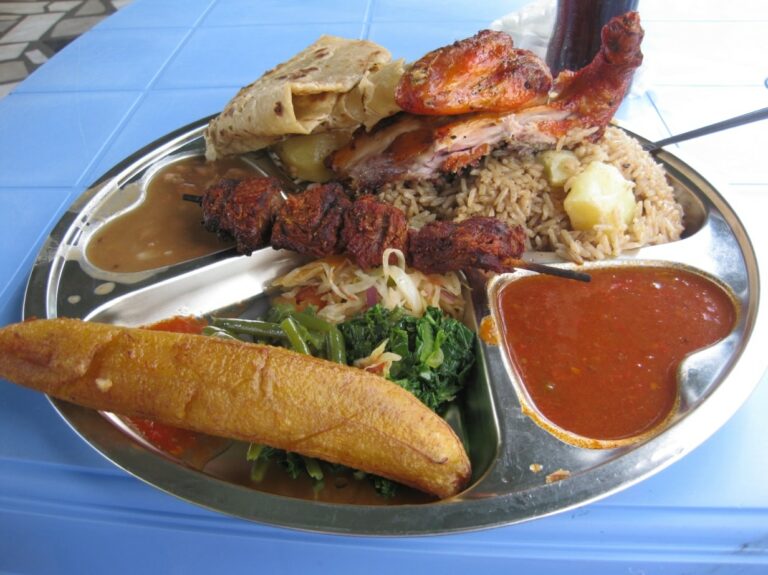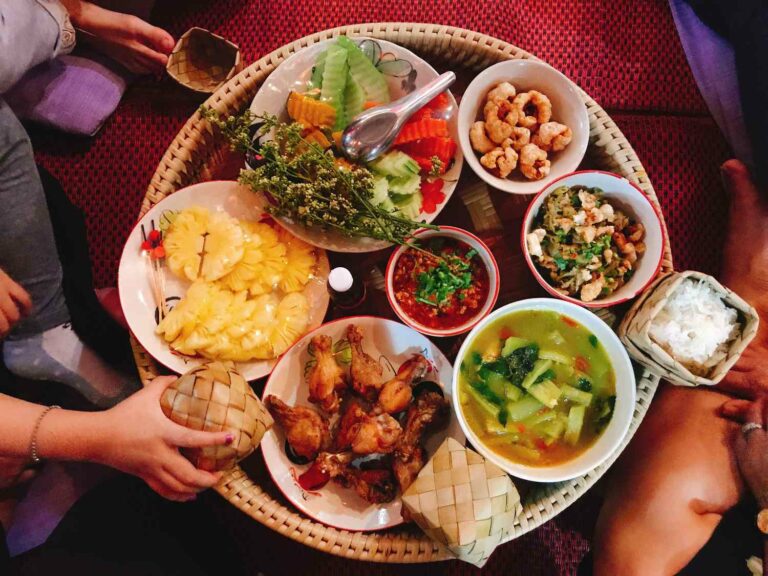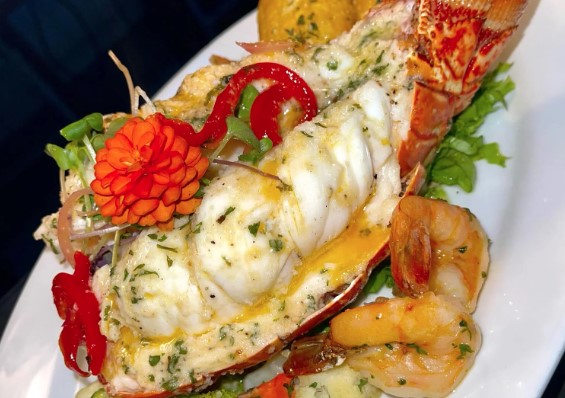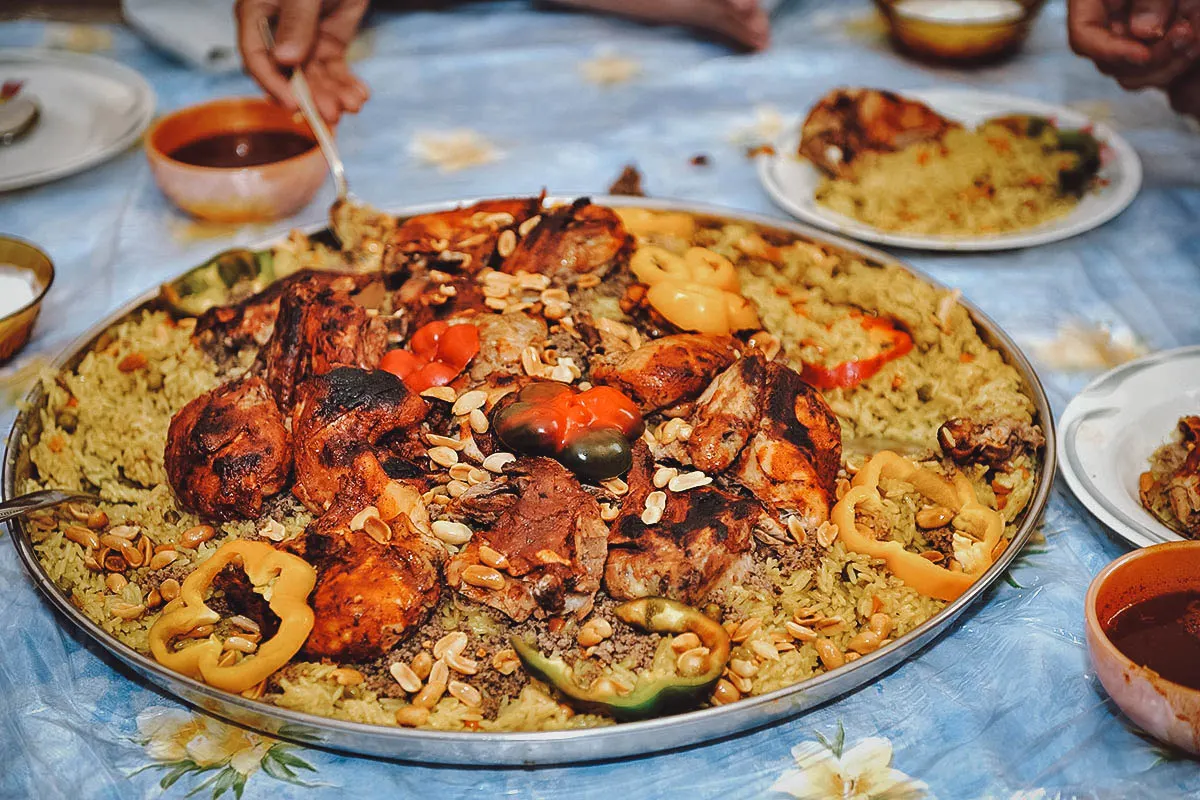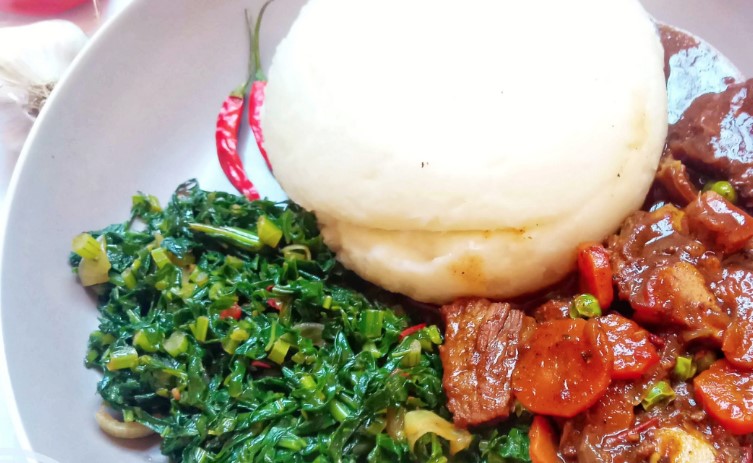Introduction: Surinamese cuisine and its history
Surinamese cuisine is a fusion of several cultures, including African, European, Chinese, and Indian. The small South American country of Suriname was once a Dutch colony, and it has a diverse population consisting of various ethnic groups. The cuisine of Suriname is a reflection of this diverse population and its cultural influences.
The arrival of Indian immigrants in Suriname
Indian immigrants came to Suriname in the 19th century as indentured laborers to work on the sugar plantations. These workers brought with them their own cuisine, which over time, became an integral part of the Surinamese cuisine. The Indian immigrants were primarily from the states of Uttar Pradesh and Bihar, and their cuisine included a variety of spices and herbs that were not previously used in Surinamese cuisine.
Indian spices and herbs in Surinamese cuisine
Indian spices and herbs, such as cumin, coriander, turmeric, and cardamom, are now commonly used in Surinamese cuisine. These spices and herbs are used to add flavor and aroma to dishes such as roti, chicken curry, and dahl. The use of Indian spices and herbs has become so widespread in Surinamese cuisine that it is now difficult to imagine Surinamese cuisine without them.
Indian-inspired dishes in Surinamese cuisine
Indian-inspired dishes such as roti, curry, and chutney are now part of the Surinamese cuisine. Roti, which is a type of flatbread, is a staple in Surinamese cuisine, and it is often served with curries made with chicken, beef, or vegetables. Chutneys made with mango, tamarind, or mint are also popular in Surinamese cuisine and are often used as condiments to add flavor to dishes.
Fusion cuisine: Indian-Surinamese dishes
The fusion of Indian and Surinamese cuisine has given rise to dishes such as chicken masala, which is a Surinamese interpretation of the traditional Indian chicken curry. This dish uses Surinamese ingredients such as cassava, a root vegetable, and the Indian spices and herbs to create a unique flavor. Another popular dish is pom, which is a Surinamese dish made with chicken and root vegetables, but with an Indian twist of using tamarind paste and garam masala.
Conclusion: The ongoing influence of Indian cuisine on Surinamese cuisine
Indian cuisine has had a significant influence on the Surinamese cuisine, and this influence continues to this day. The use of Indian spices and herbs, as well as Indian-inspired dishes, has become an integral part of the Surinamese cuisine. The fusion of Indian and Surinamese cuisine has given rise to unique and delicious dishes that are enjoyed by Surinamese people and visitors to the country alike.


